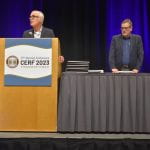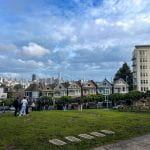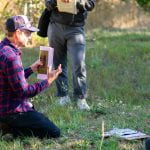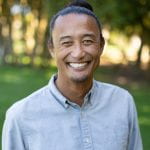In the world of environmental management and conservation, hands-on experience is invaluable for professional development. One of the MSEM courses that offer this experience is Restoration Ecology. On September 16th, 2023, Professor John Callaway took MSEM students in the Restoration Ecology class out into the field to gain insight on the methods of restoring a mix of different natural resources and ecosystems around the San Francisco Bay. The field trip allowed students to get a glimpse into the world of restoration, along with its challenges and successes.
Muzzi Marsh: A Testament to Successful Restoration
The first stop on the journey was Muzzi Marsh, a restored salt marsh that is one of the oldest in the San Francisco Bay. This marsh was initially diked off from the Bay in the 1950s but later restored to tidal action in 1976. What makes this site even more remarkable is that it was one of the first mitigation projects in the Bay Area, initiated as a response to the construction of the Larkspur Ferry terminal.
The restoration of Muzzi Marsh involved the placement of dredged material from the ferry terminal onto parts of the site. However, issues arose with the site’s elevation after the material was deposited. To enhance tidal flow, new channels were excavated on the south side of the marsh after five years. Moreover, the marsh’s front edge has experienced substantial erosion over time, partly due to waves generated by ferry traffic. The visit to Muzzi Marsh provided students with the opportunity to explore how the abiotic factors of the environment affect plant community establishment and witness firsthand both the successes and challenges encountered with restoration efforts.
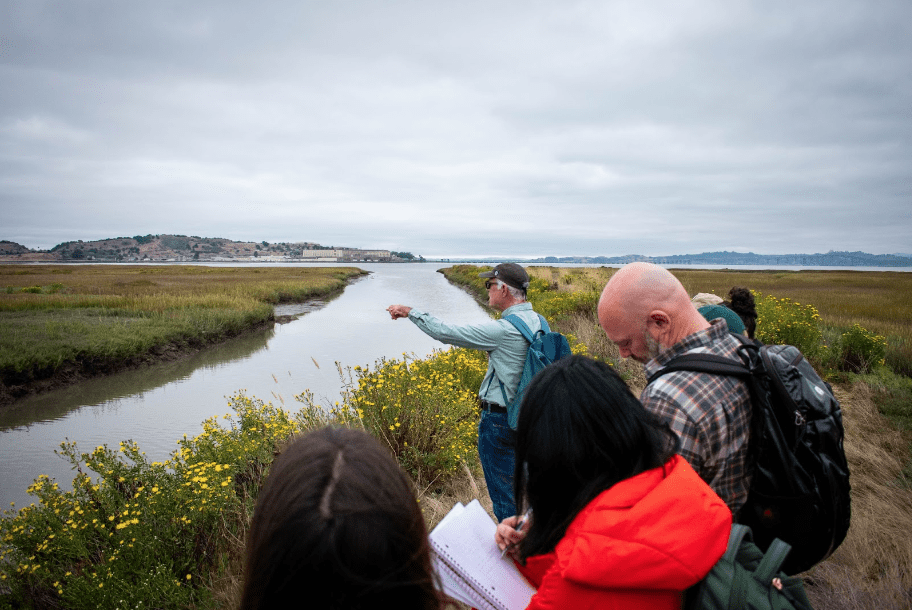
Check back to our blog for another post covering part two of this course where we’ll highlight an undisturbed ecosystem that serves as an important reference for restoration projects, and a large restoration site in progress.

